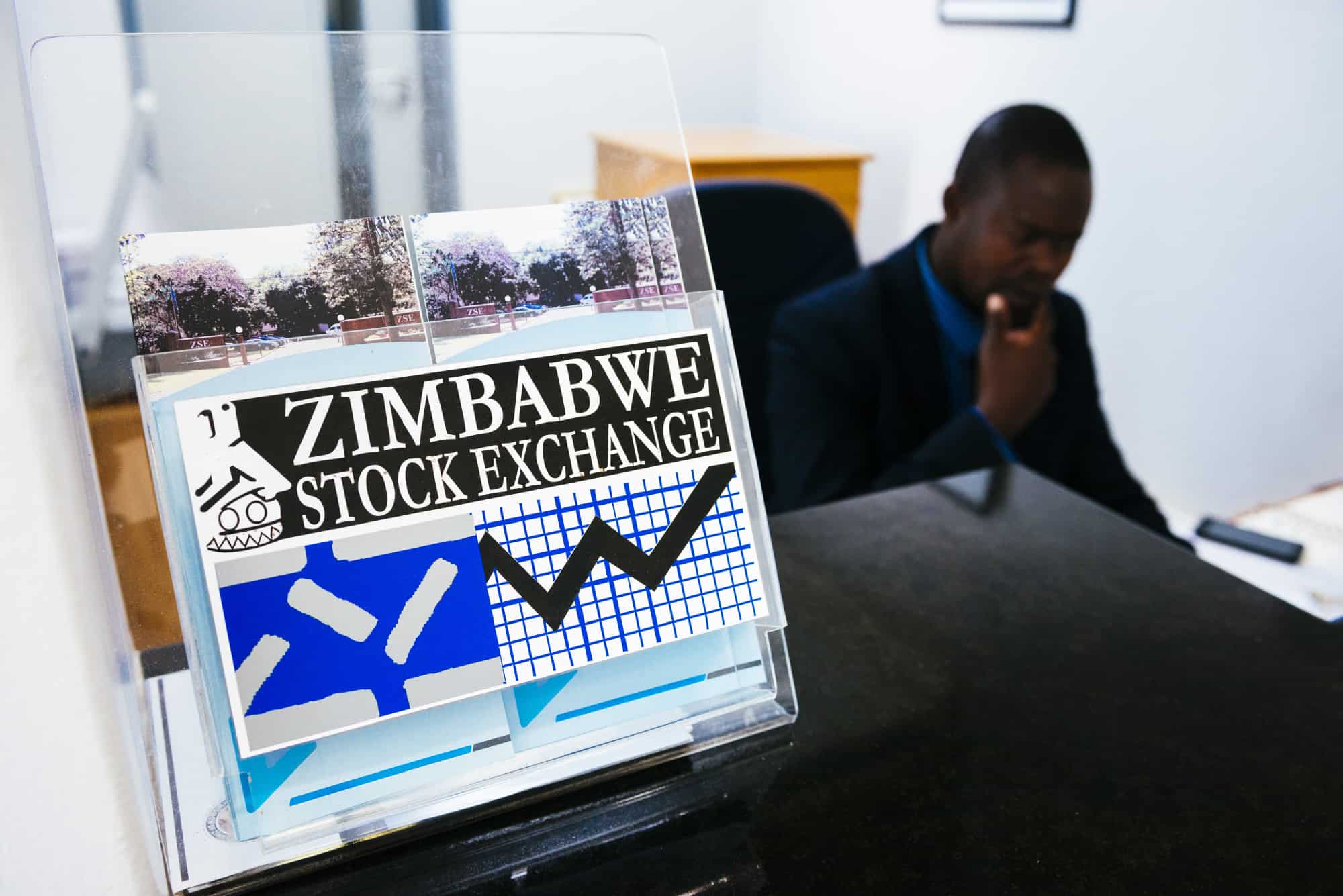First, determine how much you want to invest, then figure out your risk tolerance and investment time horizon.
It is a well-documented fact that, from a long-term investing perspective, time in the markets and the ability to weather short-term market fluctuations are the cornerstones of generating investment returns.
Wealth is also achieved by consistently putting money aside for investing. As Warren Buffett’s saying goes: “Don’t save what is left after spending, but rather spend what is left after saving.”
For first-time investors, the investment journey starts by deciding how much they want to invest regularly and then choosing their investment platform.
There are benefits to trading and investing with a registered stockbroker and relying on an expert, such as a financial advisor, to guide the composition of your portfolio.
However, there are other non-stock broking platforms that are becoming popular that investors can consider.
The next step is to choose their risk tolerance, investment time horizon, and investments. Time is the key determinant in investing and achieving your investment goals.
Investors with a longer timeframe can typically structure their portfolio slightly more aggressively and take on more risk than those in the later stage of their investment journey.
What are the risks?
There are also several risks to consider. Market risk is key, which obviously represents the daily change in share prices due to macroeconomic factors.
For example, the US Federal Reserve’s policy decisions impact global equity prices. Risks like counterparty credit and liquidity risk are removed when you trade through an exchange such as the JSE, which acts as the “lender of last resort”.
Individual shares may also encounter headwinds from time to time from a sector perspective or a strategy perspective, but exposure can be mitigated by having a well-diversified portfolio.
Finally, there is volatility risk, which is the risk of share prices making large moves up or down. It is, however, important to understand that volatility can work for you as an investor.
It provides us with the opportunity to invest when stock prices offer good entry points, provided you’ve done thorough research, of course.
Consumers inherently love a good deal, but when it comes to equities, fear takes over when we see quality companies on sale. Ironically, at the exact time when one should be greedy. This is why it is so important to understand your risk tolerance because, ultimately, investors must be comfortable with their holdings and the structure of their portfolios.
A key part of the investment journey, and probably the best advice I can give, is to have the input of a financial advisor. The best practice is to sit down with your advisor annually and look at how your portfolio has performed over the period.
Take stock and consider whether your portfolio still meets your risk tolerance, whether your exposures to various asset classes still make sense, and whether you need rebalancing. Also, with the input of your financial advisor, consider whether you should take some profit off the table so that you can potentially reinvest in other shares that might offer more value.
Knowledge is key
Ultimately, financial freedom is what you are working towards, and I always urge investors, whether they are just starting or are seasoned, to empower themselves with knowledge.
Shares can be a great addition to your financial toolkit as part of an overall balanced portfolio, but you must ensure you have the time and the risk appetite to put them to effective use.
Therefore, start early, invest on an ongoing basis, and partner with a financial advisor who can provide valuable input and help structure your portfolio with your unique needs and goals in mind.
Moneyweb













